
The 2 Ingredients of a Viral Post
“Going viral” is such a subjective term, isn’t it? Ask ten people to name the point when something is officially “viral” and you’ll get ten


When you finally get around to putting in that dimmer switch, you won’t want to be stumped by a poorly labeled breaker box. Ditch the pencil and paper chart—you’re not changing your wiring anytime soon. Instead, write directly on the metal next to each switch with a fine indelible marker. Have a friend plug lamps into all the sockets in a room and tell you via cell phone which ones go dark when you flip a switch. Then, be specific (“sofa and window walls only” or “kitchen minus fridge”) when you jot it down.
After a disastrous storm, water below ground level must be removed slowly to equalize pressure on both sides of the basement walls, says David Miller, an administrator with the Iowa Homeland Security and Emergency Management Division. Pumping it out too quickly or too early can cause structural damage or a cave-in. “The water in your basement is pushing back, preventing your basement walls from collapsing,” says Miller.
Test groundwater levels by digging down a few inches just outside your basement. If the water pools, wait a day or two to hook up a submersible pump. Don’t go in without turning off the electricity first (if you can’t, call your utility and don’t go in at all). Don gloves, eyewear, and a mask to protect yourself from cleaning agents or wastewater that may have seeped into the basement soup. On the first day, remove just one foot of water (send it as far from the house as possible, preferably to a storm drain) and wait overnight. If the water level is back up, it’s too early to pump. Once the water stops rising, pump out two or three feet each day until the basement returns to dry land.
Get all the know-how at Drying Out a Wet Basement.
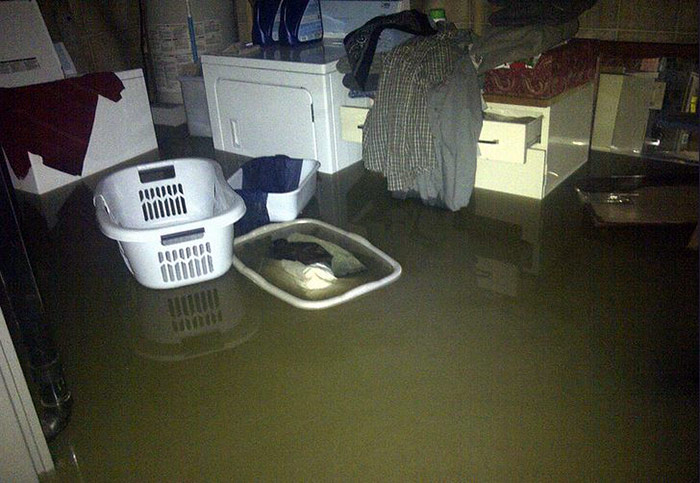 Pin
PinWork fast—the typical extinguisher has as little as 8 seconds of life, so know how yours works in advance. And make sure to stow it near an exit so you can back out as you fight the flames. Then remember the acronym “PASS”: 1) Pull the pin. 2) Aim the nozzle at the base of the flames. 3) Squeeze the trigger. 4) Sweep the spray from side to side. And don’t assume the fire is out just because the flames are gone. Call 911 and wait for the fire department to give you the high sign.
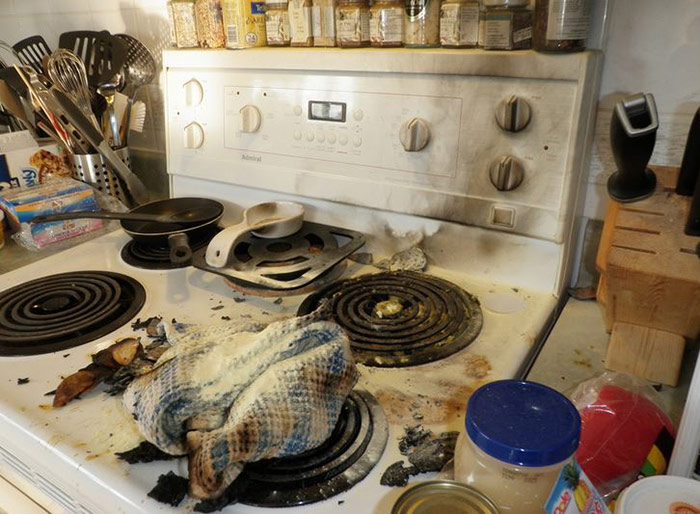 Pin
PinUnless it has dried to a solid, you need to take special precautions; tossed in the trash, paint solvents can eventually contaminate groundwater. You can speed up the drying process by putting cat litter in the can. Or go to earth911.org for links to programs in your area that recycle paint by giving it to schools or charities. The site also lists the 2,000 household hazardous waste centers in the country that accept all sorts of hard-to-dispose-of stuff, from batteries to cleansers.
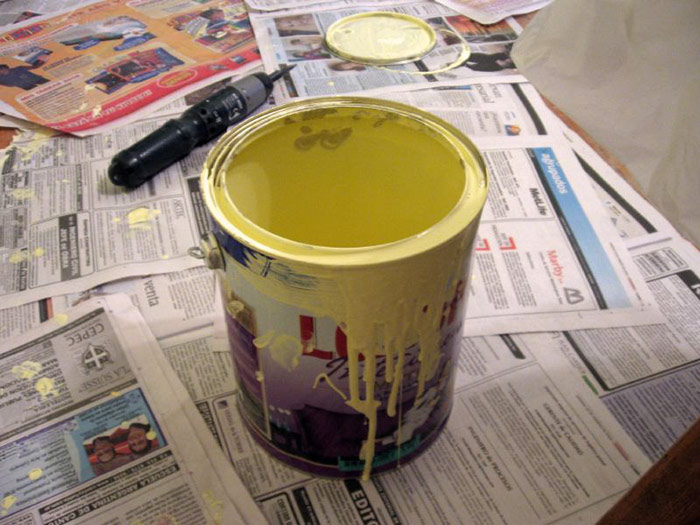 Pin
PinIn 2004, 45,300 people were hospitalized from chainsaw, ax, and hatchet injuries, and that number doesn’t include the thousands hurt by falling trees. If the tree’s big enough for you to climb, call a certified arborist to remove it.
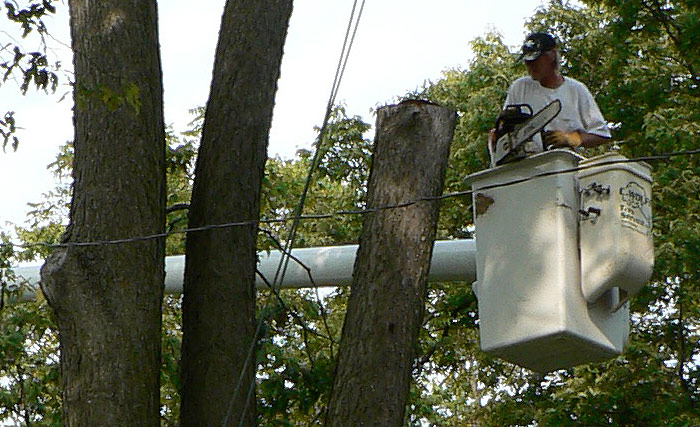 Pin
PinA closed-up kitchen with gas flowing from an open unlit burner can create a combustible atmosphere in as little as 10 seconds. So if you smell gas—we mean really smell gas—do not turn on the lights or use a telephone, cell phone, flashlight, or computer, all of which could create a spark, blowing the place sky high. Instead, haul everybody out of there and call the gas utility or the fire department immediately.
 Pin
PinAs a safety measure, you should know where your main water and electrical shutoffs are. The water shutoff will be near where the water enters the house. Look for a metal wheel or a flat handle like a paddle. Or check outside for a mini manhole cover—the shutoff may be there. The main electrical switch will be in or near the main box. On an old fuse system, it may be a big lever or a handle that pulls out a whole block. On a modern breaker box it will be an isolated switch near the top of the box. Flip it to keep the circuits (and you, too) from getting fried.
Make sure you know which lever to pull by checking out Know the 4 Emergency Shut-Offs in Your Home.
 Pin
PinCan’t always tell by looking, but there are likely places you’ll find the carcinogenic mineral fiber, widely used in homes built before 1970. If your pipe and water-heater insulation resembles troweled-on plaster, don’t even touch it—the tiny particles get airborne quite quickly. According to the Environmental Protection Agency, asbestos may also be in the metal used for these pipes and furnaces, as well as in other kinds of insulation, artificial ashes in gas fireplaces, ceiling tiles, cement siding shingles, textured paint, patching compounds, and vinyl floor tiles made before 1986.
Undisturbed, the material shouldn’t pose a risk. But to be safe, you should have a licensed and bonded asbestos abatement contractor encapsulate or remove it.
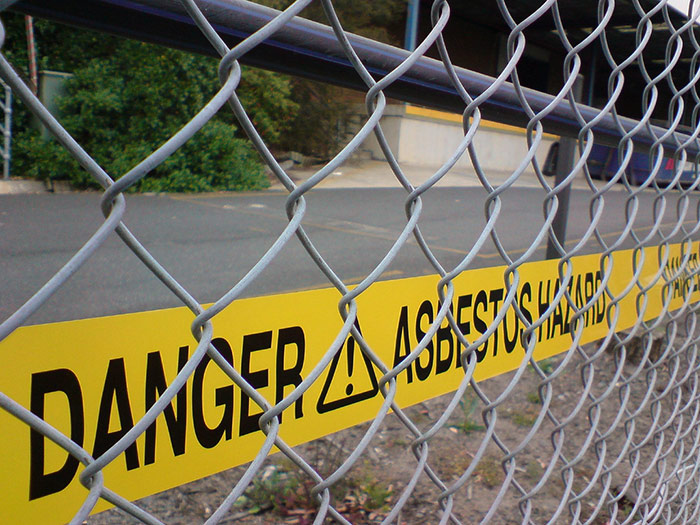 Pin
PinClean your hands with lemon juice or vinegar. The acid neutralizes the caustic alkalinity in these materials and keeps skin from drying out.
 Pin
Pin
(Shh, our secret)
Show your sphere your an expert. We have over 2050 articles covering every real estate topic your audience will love.
Position yourself as a real estate authority!
Real estate + topical events — the perfect match!
Become the bearer of good vibes!
Because hey, everyone loves to laugh!



Get our weekly email that makes communicating with your sphere on social actually enjoyable. Stay informed and entertained, for free.

“Going viral” is such a subjective term, isn’t it? Ask ten people to name the point when something is officially “viral” and you’ll get ten

Hello dearest real estate friend. Glad you could make it today. What I want to do here is simple – convince you to be yourself.

FACT: Your ability to attract clients has less to do with your “credentials”… and everything to do with how people feel about you. As a
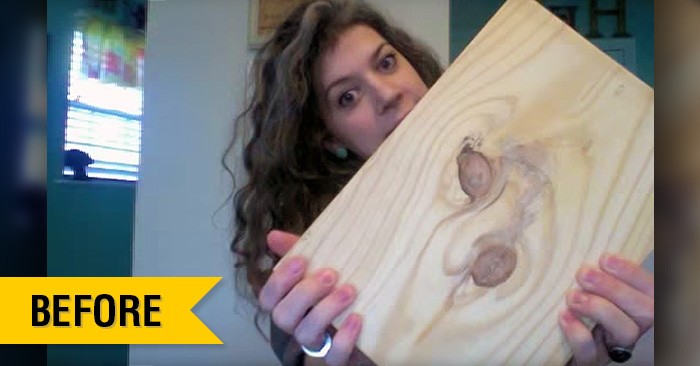
Whether you’re a real estate agent looking for that perfect closing gift for your client, or just someone wanting to create something unique, you’ll want

Social media has become the go-to marketing tool for many agents—mainly because it’s free and already part of daily life. You’re already scrolling, so posting
Depending on your situation, it may not take the full 30 minutes.

This reset password link has expired. Check the latest email sent to you.















